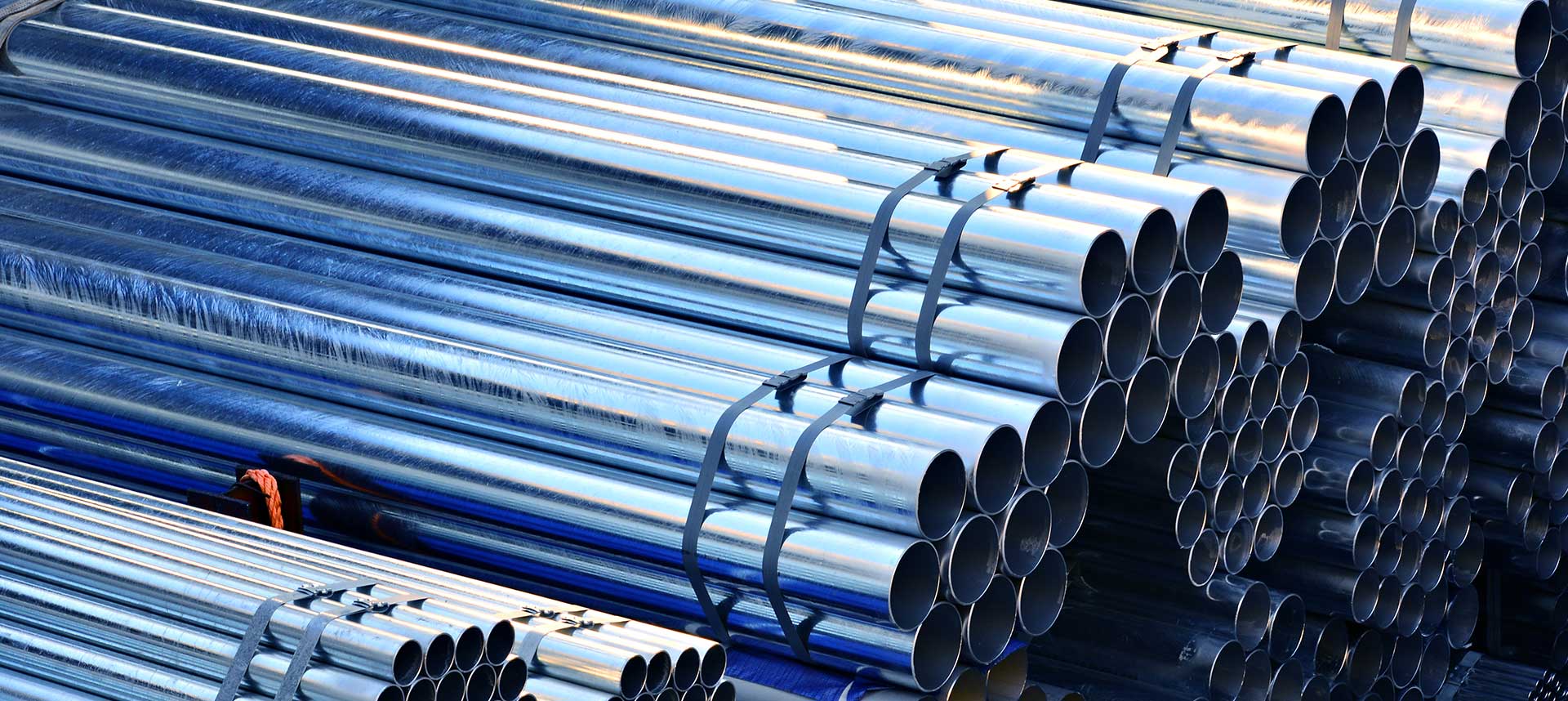Industrial and construction projects make use of different pipe types for transporting liquids, gases, and other materials. Among the available types, welded and seamless pipes are selected based on strength, pressure limits, and application conditions. Both come with specific features that influence how they perform. Seamless pipe suppliers in Dubai and manufacturers of welded pipes offer various specifications to meet technical requirements.
Structure and manufacturing method:
Welded pipes are made by rolling a metal sheet into a cylindrical shape and then welding the seam along its length. The weld may be visible or treated depending on the process. Seamless pipes are formed through extrusion or by piercing a solid billet, resulting in no seam or weld. This structural difference affects how the pipes behave under certain loads.
Strength and pressure tolerance:
Seamless pipes have a uniform structure, making them suitable for systems where pressure or stress is higher. They show consistent behaviour along the entire pipe, as there is no weld line. Welded pipes, when produced using standard methods and tested properly, still maintain a strong performance but may be more affected by stress along the welded seam. For high-pressure systems, seamless options are generally selected.
Corrosion and wear:
Both pipe types are available in materials such as carbon steel, stainless steel, and alloys. Corrosion resistance depends on the metal grade, not just the manufacturing process. In corrosive environments, seamless pipes are sometimes preferred, as there is no seam where damage could begin. Welded pipes, however, can be treated or coated to match similar durability levels depending on the project conditions.
Availability and length:
Welded pipes are easier to produce in longer continuous lengths. This is helpful in installations where fewer joints are preferred. Seamless pipes are often produced in standard lengths and are cut to size. Seamless pipe suppliers typically stock different diameters and thicknesses, though welded pipes may offer more flexibility for large-diameter applications.
Inspection and reliability:
Both types are tested before shipment. Welded pipes go through weld inspection to check for weaknesses along the seam. Seamless pipes are checked for wall thickness, ovality, and surface finish. Testing methods such as ultrasonic and hydrostatic inspection apply to both. The reliability of either type depends on proper selection and the quality of production.





